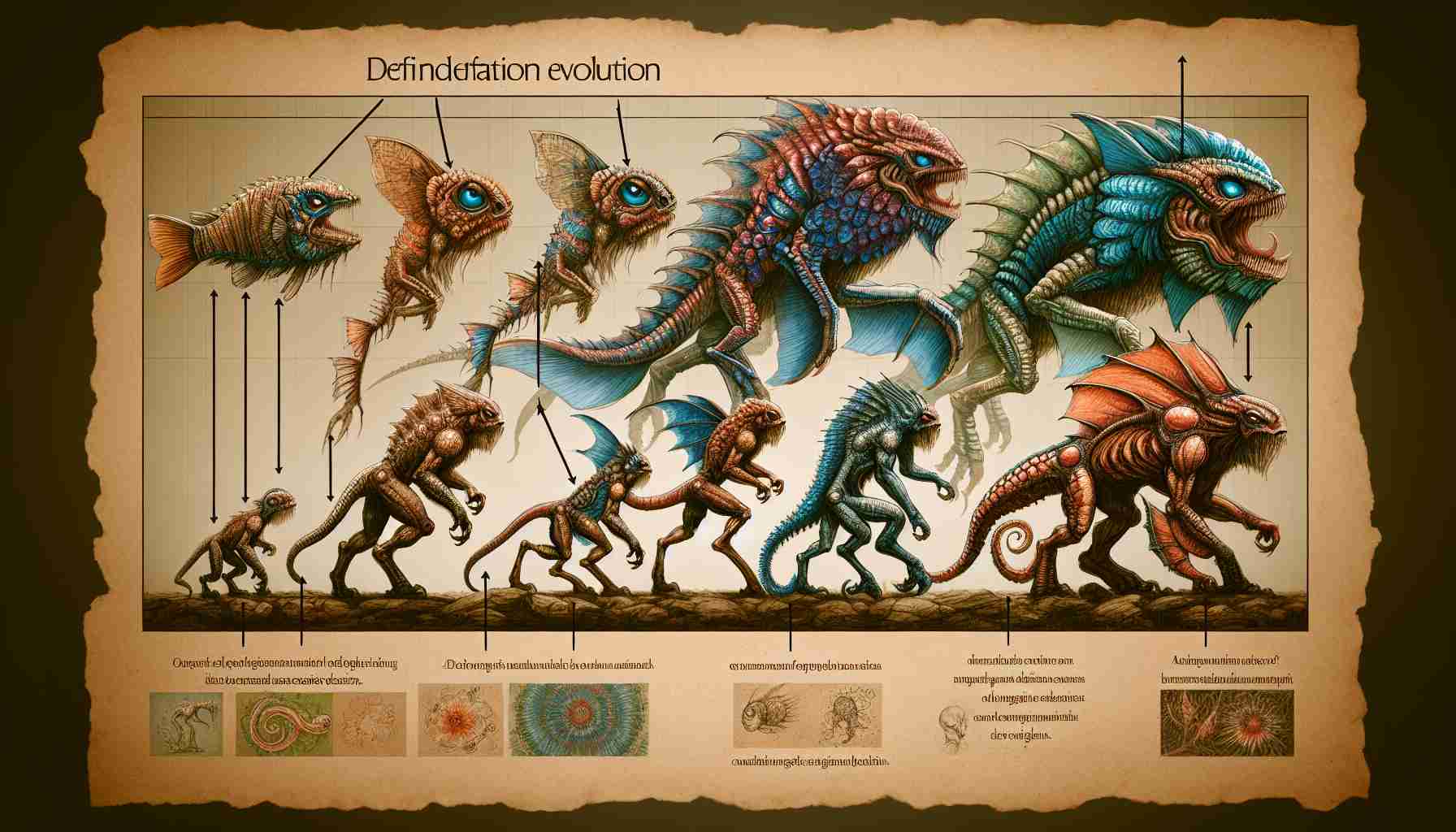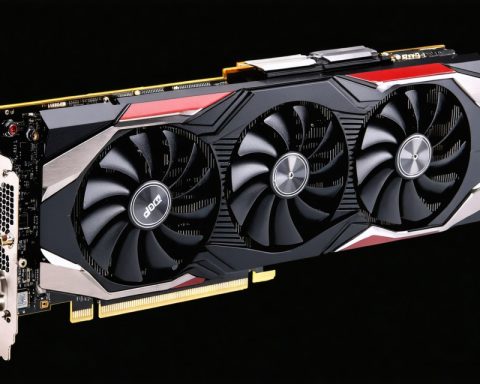Pokémon GO has always been known for its special events and the way it hypes up certain Pokémon. But have you ever wondered why certain Pokémon are chosen for these events? Today, we dive into the origins and design inspirations of some popular water-type Pokémon.
Franchise History: Water-types have been a part of the Pokémon franchise since its inception in 1996. In recent generations, there have even been aquatic Pokémon that are not Water-types, showing an exciting new direction for the franchise.
Ducklett and Swanna: Let’s start with the star of the “Aquatic Paradise Event,” Ducklett. This Pokémon’s evolution from a duck to a swan may be a reference to “The Ugly Duckling” fairy tale. Additionally, Ducklett’s design seems to be inspired by old Western cartoons. As for Swanna, it is based on a swan and incorporates elements of airplanes into its design.
Mantyke, Mantine, and Remoraid: Mantine, inspired by the manta ray, also takes inspiration from airplanes. This is evident in its fins and overall shape. Remoraid, a fish with suction cup-like parts, is often seen attached to Mantine, creating a fighter plane-like combination.
Horsea, Seadra, and Kingdra: While the Horsea line may seem straightforward as seahorses, there is more to it. In English, seahorses are named as such due to their head and neck shape resembling a horse. However, in Japanese, seahorses are called “A dragon’s illegitimate child.” This explains why the Horsea line is associated with the Dragon type.
Arrokuda and Barraskewda: Inspired by barracuda fish, Arrokuda and Barraskewda feature tail fins shaped like propellers. Their sharp heads and spinning fins give them the appearance of torpedoes. This design may be influenced by the resemblance of barracudas to torpedoes and the WW2 torpedo-carrying plane, Fairey Barracuda.
These are just a few examples of how Pokémon designs draw inspiration from various sources, including fairy tales, cartoons, and real-world animals. The Pokémon franchise continues to amaze us with its creativity and attention to detail in bringing these creatures to life. So next time you encounter a Pokémon in Pokémon GO, take a moment to appreciate the thought and inspiration behind its design.
Additional Relevant Facts:
– The Pokémon franchise was created by Satoshi Tajiri and Ken Sugimori. Tajiri came up with the concept of Pokémon based on his childhood interest in collecting creatures and his fascination with nature. Sugimori is responsible for designing the original 151 Pokémon.
– The design of Pikachu, the franchise’s mascot, was inspired by a combination of mice and squirrels. Its yellow color was chosen to make it stand out and be easily recognizable.
– In addition to water-type Pokémon, the franchise also includes various other types such as fire, grass, electric, and psychic, among others. Each type has its own strengths and weaknesses in battle.
– The popularity and success of the Pokémon franchise led to the creation of an animated TV series, trading card game, movies, and merchandise.
Key Questions:
1. How do the creators of Pokémon come up with the designs for different Pokémon?
2. Are there any cultural or historical references incorporated into the Pokémon designs?
3. What is the significance of the different types of Pokémon and their strengths/weaknesses in battle?
Key Challenges/Controversies:
1. Some fans have expressed concerns about the increasing number of Pokémon being introduced in each new generation, leading to a potential dilution of the franchise’s original charm and memorability.
2. The decision to exclude certain Pokémon from the Pokémon Sword and Shield games caused controversy among fans who wanted all Pokémon to be included.
3. The use of real-world animals and cultural references in Pokémon designs can sometimes be seen as appropriative or insensitive if not executed respectfully.
Advantages:
– Pokémon designs provide a great source of creativity and imagination for both the creators and the fans.
– The diverse range of Pokémon designs allows for a wide variety of characters and species to explore within the franchise.
– The incorporation of cultural and historical references in Pokémon designs adds depth and richness to the storytelling.
Disadvantages:
– With over 800 Pokémon now in existence, it can be difficult for new fans to keep up with all the different designs and characteristics.
– Some Pokémon designs have faced criticism for being too simplistic or unoriginal.
– The sheer number of Pokémon and their designs can make it challenging for the franchise to consistently balance and maintain the popularity and appeal of each species.
Related Links:
– pokemon.com
– bulbapedia.bulbagarden.net
– pokemon.co.jp















